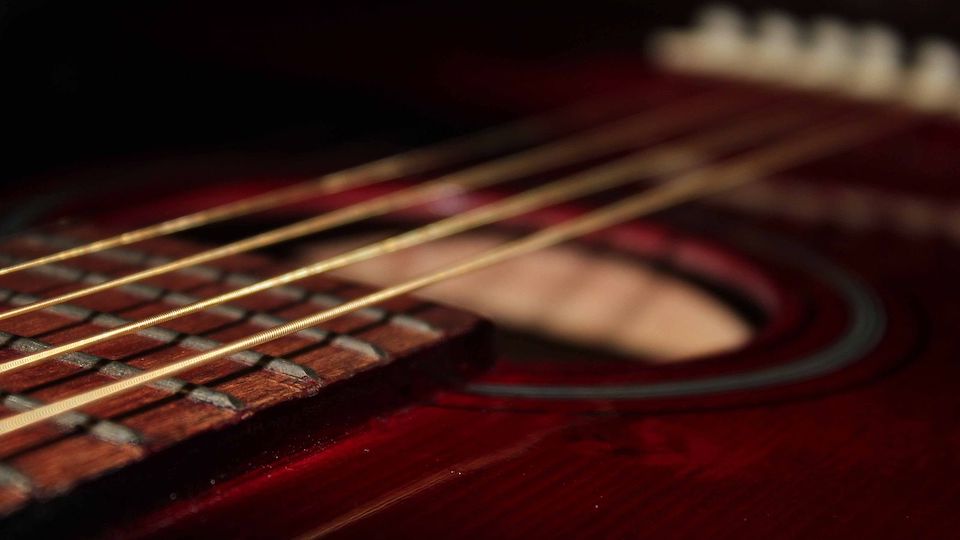To enter the world of guitar is one of the best things you can do in life. Aside from the fact that there’s a high chance you’ll get hooked and end up spending your savings on countless instruments, amps, pedals, as well as other effects, the guitar is still one of the best expressive tools that you can find these days. Some of them fall into the category of acoustic guitar electronics.
But even with so many advancements in the music world, especially in the field of electric guitars, there’s still something fascinating about acoustic instruments. In fact, nothing at this point can convincingly and entirely replicate the natural and organic sound of any acoustic instrument. Very experienced classical musicians will be the first ones to support this argument, with their instruments going well over a few thousand or even tens of thousands of dollars.
Acoustic guitar electronics – let’s dive in!
In this particular piece, we will be tackling one of the issues concerning acoustic guitars. There’s an abundance of great stuff these days, even in the medium and lower price range; all featuring their own kind of tonewood and different features (or a lack thereof). But a lot of them – whether they’re nylon or steel-string ones – feature electronics that allow you to plug them into PA systems or specialized amps.
There have been many discussions on countless guitar-oriented forums online with people explaining which of these two options is better. Weirdly enough, there aren’t that many guides on this exact topic. Therefore, we figured doing little research of our own and discuss which of these options is better for you.
Bear in mind that this is not exactly the simple “A versus B” discussion you’ll find online. Many of the factors here do come down to personal or financial preferences. But we’ll clear things up to all those who have a hard time understanding the issue.

Acoustic guitars without electronics
This is widely considered to be the standard, or the “conventional” type of acoustic guitars. So no additional electronics, pickups, or similar features. Steel-strings, classical nylon-string guitars, or other types of guitars intended for nylon strings – they can all come with or without additional electronics and pickups.
The main advantage in this category mainly comes down to simplicity and the musician’s desire to have the guitar miked up if needed. This way, with proper additional microphones, you can achieve some really great organic tones if you want to go through a PA system. Yes, this is additional expense. Yes, it might present somewhat of a complication. But, this also brings more quality for solo performers, not-so-loud live bands, as well as studio settings. Barely any piezo pickup can capture this tone like a good pair of mics.
Another factor to consider is whether the body of such guitars is not cut or altered in any way. Acoustic guitars are usually more delicate than electric ones. Therefore, cutting the wood while also adding a bunch of plastic and other components can impact the tone. Especially if we’re talking about musicians with very delicate ears and specific tastes.
In the end, some players might be on the budget and don’t really need additional electronics on their acoustic guitars. The same version of an acoustic guitar with electronics is always a bit more expensive compared to the one stripped from any additional parts.
Acoustic guitars with electronics
Having electronics opens up many possibilities. Mainly, it comes down to practical issues as you can just plug the guitar directly into and not deal with any additional microphones. At the same time, you’re able to use this guitar for conventional playing without any PA systems. Or, what’s more, you can even mick it up and blend in tones from the piezo and the microphones.
However, the tone of piezo pickups – no matter how good they might be – will never match the original. On the other hand, some may actually prefer the somewhat “thin” or “sterile” tone of piezo pickups, depending on the context. It’s generally a good idea for members of live rock bands that add a few acoustic parts to the set. Using microphones might be impractical or just complicated due to potential unwanted feedback in loud stage settings. Whether you’re into nylons or steel-strings, plugging in a guitar with a piezo pickup saves you a lot of trouble.
We should also point out that there are guitars with active or passive electronics. The ones with active electronics require a battery, usually a classic 9-volt one, in order to operate. These guitars also have a volume control. An EQ with three or more frequency ranges is also a common feature, and even on-board electronic tuners. Those with passive pickups have no controls and require external preamps before going into mixers.
Conclusion
To put it simply, the choice comes down to personal preferences and your needs. Regular solo classic guitar players will rarely use anything with additional electronics. At the same time, some steel-string guitarists performing in smaller settings will play completely acoustically. Thus, they won’t find any use for acoustic guitars with additional preamps and piezo pickups in them.
Miking up your guitar is the best solution if you’re trying to capture your guitar’s “essence” and getting that “organic” tone. Those who record guitars in the studio mostly mic up their instrument, usually with one condenser and one dynamic microphone.
On the other hand, acoustic guitars with preamps and piezo pickups are a very practical solution for live settings; or for those who prefer their “thinner” tone color. In professional circles, you’ll see both of these types of guitars in action. It just comes down to the setting, practicality, and what these musicians want to achieve.
Pingback: The Best Time To Plug Your Guitar Into An Amp – FuelRocks
Comments are closed.